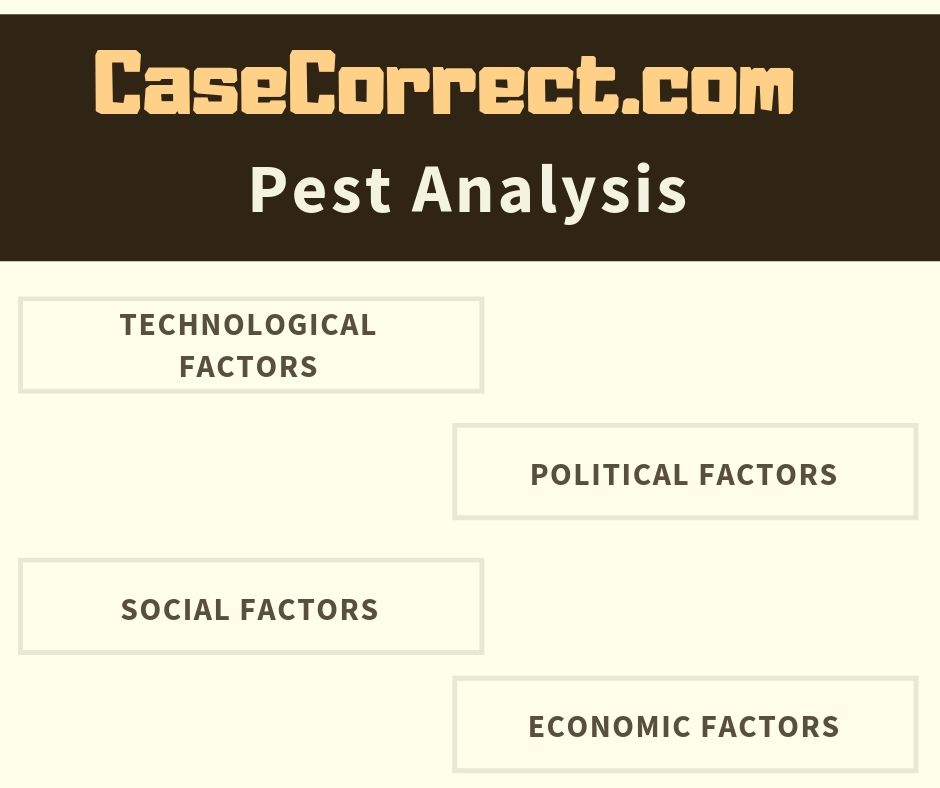Safe Water Network In India Case Analysis
Introduction
 One of the prominent and important remote website food service Safe Water Network In India Case Study Help namely Safe Water Network In India Case Study Solution is based in Oakville, Ontario. The Safe Water Network In India Case Study Solution has been involved in the highly competitive procedure of bidding.
One of the prominent and important remote website food service Safe Water Network In India Case Study Help namely Safe Water Network In India Case Study Solution is based in Oakville, Ontario. The Safe Water Network In India Case Study Solution has been involved in the highly competitive procedure of bidding.
The case is happening in year 20166 in Ontario, china. The case is taking place to assess the financials for the function of winning the bid for the Gregory Mine.
Key Decision (Problem or Opportunity) Considered by Stakeholders
The crucial stakeholders of the Safe Water Network In India Case Study Solution Incorporation is the chairman and CEO particularly Thomas young. The development of the Remote Website Food Service Market is estimated to be decreased by 7% in the upcoming years. It is to inform that the stakeholders at the Safe Water Network In India Case Study Help Incorporation needed to make the decision about getting the new market chance in which the CEO and chairman of the Safe Water Network In India would be preparing to make the bid for housekeeping, catering and janitorial services for the Gregory Mine.
 When making choice in order to handle the problem that has pertaining from the opportunity mentioned above, it is known that there is a intense and strong in the competition Remote Food Service Industrywhich leads towards extremely competitive procedure of bidding specially in closing bidding, so the CEO of the Safe Water Network In India Case Study Help had challenged with the concern of making the monetary analysis to make the quote either it could compete with the marketplace competitors and will stay worthwhile in the market or not.
When making choice in order to handle the problem that has pertaining from the opportunity mentioned above, it is known that there is a intense and strong in the competition Remote Food Service Industrywhich leads towards extremely competitive procedure of bidding specially in closing bidding, so the CEO of the Safe Water Network In India Case Study Help had challenged with the concern of making the monetary analysis to make the quote either it could compete with the marketplace competitors and will stay worthwhile in the market or not.
Internal Analysis
The evaluation of the Safe Water Network In India Case Study Analysis's strength and weak point would be used to assess the competitive position of the Safe Water Network In India Case Study Solution and developing tactical planning.
Strengths
The strengths of the Safe Water Network In India Case Study Help are discussed below;
Safe Water Network In India Case Study Analysis has more than twenty years of appropriate know-how and experience in the food industry.
 It has a positive and strong organisation relationship with the client in addition to clientswhich the Safe Water Network In India Case Study Solution has developed by using its resources
It has a positive and strong organisation relationship with the client in addition to clientswhich the Safe Water Network In India Case Study Solution has developed by using its resources
The Safe Water Network In India Case Study Solution has actually entered into various joint endeavors and successful mergers initiative, which have resulted in increased market share, strengthened market image, increased capability and market access.
The primary consumer of the Safe Water Network In India Case Study Solution is mining business that have actually contributed to the incomes of Safe Water Network In India Case Study Analysis around 90%.
Weaknesses
The weak points of the Safe Water Network In India Case Study Solution are gone over listed below;
The Safe Water Network In India Case Study Analysis has no backup plan so to discover the stable reduction in the future development.
The CEO and the chairman of the Safe Water Network In India Case Study Solution has actually been tiring with their retirement plans, reluctant and hence reluctant to find the solutions for Safe Water Network In India Case Study Solution's decreased growth and reduced earnings returns.
 The Compass Group PLC has threatened the Safe Water Network In India Case Study Help in such a way of recording the Remote Website Food Industry market.
The Compass Group PLC has threatened the Safe Water Network In India Case Study Help in such a way of recording the Remote Website Food Industry market.
The Aramark Corporation has threatened the Safe Water Network In India Case Study Solution in such a way of expanding in Canadian's Remote Site Food Industry market.
The Safe Water Network In India Case Study Analysis has faced the fierce competitors from the Sodexo SA.
Drivers in the Canadian Mining Industry as a Threat or Opportunity?
The key chauffeurs in the Canadian mining industry acts as a danger or chance are examined below;
A reduction in crude oil prices / barrel
Considerably, the primary export of Canada is the crude oil and throughout the year between 2014 and 2016, the rates of crude oil per barrel has actually decreased around 75.4 percent. The decline in the prices of petroleum would probably lead to decrease in the growth of the Canadian crude oil market as a whole, which would likewise lead to the decline in development of remote site food service industry as a whole.Apart from the danger, the worldwide demand for the crude oil would be increasing which creates considerable opportunity for the Safe Water Network In India Case Study Help.
Decline in Precious metal prices
The primary export item of Canada is precious metal and throughout the years in between 2010 and 2016, the costs of the precious metal has reduced around 18 percent. The reduction in the precious metal costs would more than likely result in the decrease in the growth of the Canadian's precious metal industry, likewise result in the reduction in the development of the remote site food service industry as a whole. Apart from the hazard, the around the world demand for the precious metal purchases would be increasing which produces significant opportunity for the Safe Water Network In India Case Study Solution.
Volatility in prices and demand of Iron Ore
 The iron ore is among the main exports in Canada and the prices of the iron ore has decreased around 63 percent. Such decrease in the costs would lead to the decrease in the development of Canadian Iron ore industry as a whole which creates risk for the Safe Water Network In India Case Study Solution.
The iron ore is among the main exports in Canada and the prices of the iron ore has decreased around 63 percent. Such decrease in the costs would lead to the decrease in the development of Canadian Iron ore industry as a whole which creates risk for the Safe Water Network In India Case Study Solution.
Risk of exchange rate
Over the previous years, it is to note that the Canadian dollar has depreciated versus the US dollars approximately by 20 percent which in turn would cause the decrease in the future development of mining industry as a whole, not just this it would likewise lead to the decrease in the development of the remote website food service industry, hence producing hazard for the Safe Water Network In India Case Study Help.
Competitive Analysis
There are different rivals of Safe Water Network In India Case Study Solution Providers Ltd. Which includes Sodexo SA, Aramark Corporation and Compass Group PLC. These competitors produces competitive threat for the Safe Water Network In India Case Study Help through aim to steal the marketplace share of the Safe Water Network In India Case Study Solution to enhance their grip in the market and to maximize the marketplace share.
Sodexo SA
It is an international corporation established in 1966 based in Paris, France. Sodexo SA is focused on serving hospitals, regional schools in addition to dining establishments. It has actually been operating in around 870 nations. Since, the Canada remains in surroundings of France, making it simple for the Sodexo SA to catch the food market in Canada at any time in upcoming years. So, the hazard or competitors intensity is low.
Aramark Corporation
Aramark Corporation is one of the biggest corporation in the remote site food service industry founded in 1959 based in Philadelphia, United States. It is engaged in using its food and assistance services to sports, organisation, healthcare, education and correlational industries in around 21 countries. Given That, Aramark Corporation is the marketplace leader in providing the professional services to its consumers, there is a possibility that the Safe Water Network In India Case Study Help would go towards exploiting the expansion resources and chances, thus developing medium level threat for Safe Water Network In India Case Study Solution.
Compass Group PLC
The Compass Group PLC is a multinational corporation established in the year 1941 based in Chertsey, England. One of the subsidiary of Compass Group PLC namely Eurest dinning services which has actually gotten the favorable action from the Listeria Monocytogenes in Ontario jails, this appeal would permit the Safe Water Network In India Case Study Help to catch the Ontario market in upcoming years, thus producing high level threat for Safe Water Network In India Case Study Analysis.
Ratio Analysis for Safe Water Network In India Case Study Solution.
The ratio analysis has carried out in order to evaluate the monetary health and state of the Safe Water Network In India Case Study Help. The exhibit shows that the Safe Water Network In India Case Study Analysis's general sales growth has actually been reducing over the amount of time. Due to the fact that of the downfall of the market and the declining patterns towards the Safe Water Network In India Case Study Solution, this is.
In addition to this, it can be seen that the operating earnings margin of the Safe Water Network In India Case Study Analysis is lowering from 21 percent to 17 percent due to the significant decline in the sales of the Safe Water Network In India Case Study Analysis. Also, the net revenue margin of the Safe Water Network In India Case Study Solution has been increasing from 11 percent to 21 percent which stipulates that the Safe Water Network In India Case Study Help has effectively cut the non-operating expense in the downfall of the market.
Differential Analysis
The differential analysis is carried out showing the expense and earnings connected to each of business unit and an operating profit from each system. The estimations are based on 2 years and each yearly profits and cost is multiplied by 2 in order to get the total cost and revenues for two years agreement. A differential analysis for all 3 organisation systems are supplied in exhibition.
It can be seen that the operating earnings produced from the housekeeping systems is negative. The factors for the negative operating profit is the low quantity that is charger each day per person for the housekeeping service i.e. $75, therefore the overall project's operating revenue is $1720942.
Return on Investment and Payback Period
 The financial investment for the project includes cleaning equipment, consistent bought and linens. It can be seen that the return on investment for the job is 457 percent and the payback period for the job is 0.21 years.
The financial investment for the project includes cleaning equipment, consistent bought and linens. It can be seen that the return on investment for the job is 457 percent and the payback period for the job is 0.21 years.
